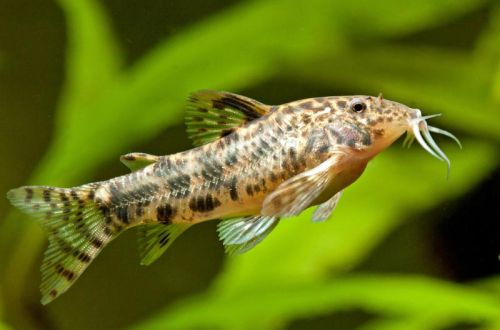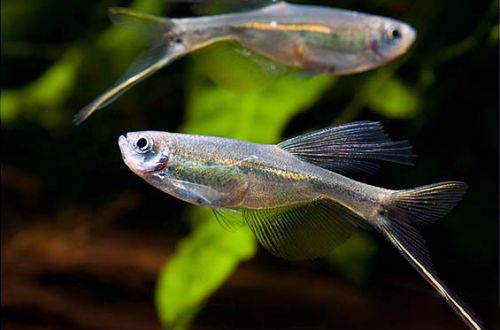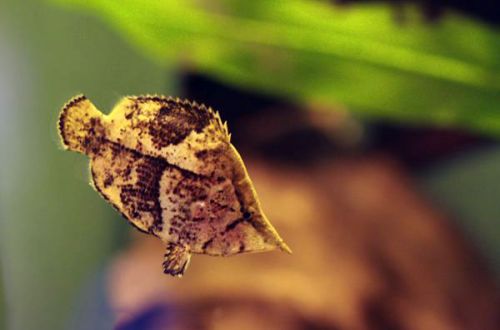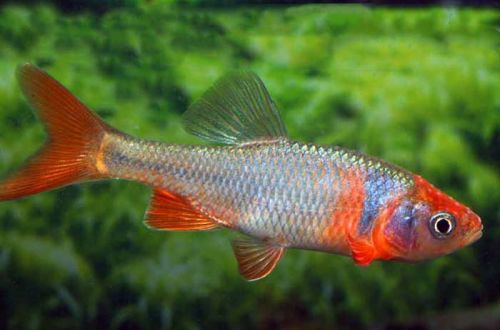
Aspidoras goby
Aspidoras goby, scientific name Aspidoras taurus, belongs to the family Callichthyidae (Shell catfish). A popular fish in the aquarium hobby. Easy to keep and breed, gets along well with other species. Perhaps the coloring may seem faded to some, but this will be the only drawback.

Contents
Habitat
It comes from South America from the upper basin of the Paraguay River, which originates in the Brazilian state of Mato Grosso. The terrain in this region is hilly, so the current in the rivers is rough in places, the bottom consists of rocky or sandy substrates and is littered with numerous snags.
Brief information:
- The volume of the aquarium – from 80 liters.
- Temperature – 20-25°C
- Value pH — 6.0–7.5
- Water hardness – 2–12 dGH
- Substrate type – any
- Lighting – any
- Brackish water – no
- Water movement – moderate or strong
- The size of the fish is about 5 cm.
- Food – a variety of sinking foods
- Temperament – peaceful
- Keeping in a group of 4-5 individuals
Description
Adult individuals reach a length of about 5 cm. The body of the fish is covered with bony plates – modified scales that serve as reliable protection against some small predators. Outwardly, it looks stocky, powerful, thanks to which it got its name “goby” from the Latin word taurus. The coloration is light with dark speckles, the pattern also extends to translucent fins. On the head, near the mouth, there are three pairs of sensitive antennae of different lengths, necessary for searching for food among the stones. Sexually mature females are noticeably larger than males, the latter seem to be slimmer.
Food
Omnivorous species, accepts most popular foods of suitable size. It is advisable to use products that sink or sink to the bottom, since catfish are poorly adapted to feeding near the surface.
Maintenance and care, arrangement of the aquarium
The optimal size of the aquarium for 4-5 fish starts from 60-80 liters. The design is arbitrary, selected at the discretion of the aquarist or based on the needs of other species. If there are large and even more aggressive fish together, then it will be necessary to provide places for shelters according to the number of catfish.
When keeping Aspidoras steer, it is important to ensure stable water conditions and, if possible, create a moderate internal current. A powerful filtration system can handle both tasks. However, the necessary procedures for the care of the aquarium should not be neglected. In particular: weekly replacement of part of the water with fresh water, removal of organic waste (feed residues, excrement), etc.
Behavior and Compatibility
Peaceful and sociable catfish, prefers to be in the company of relatives of at least 4-5 individuals. Compatible with many other species, and thanks to its “armor” also with some quarrelsome fish of a comparable size.
Breeding / breeding
It is successfully bred in an artificial environment when in a suitable environment and receiving balanced feed with vitamins and microelements. It has been noted that in some cases spawning is stimulated by a gradual decrease in water temperature by several degrees and subsequent maintenance of the achieved values. Such a process remotely imitates the change in external conditions that occur in nature during the rainy season. It is at this time that the breeding season of Aspidoras falls.
Parental instincts are not developed, catfish attach eggs to the surface of aquatic plants or stones, after which they leave them. To protect future offspring from being eaten, the masonry should be moved to a separate tank.
Fish diseases
The cause of most diseases is unsuitable conditions of detention. A stable habitat will be the key to successful keeping. In the event of symptoms of the disease, first of all, the quality of the water should be checked and, if deviations are found, measures should be taken to correct the situation. If symptoms persist or even worsen, medical treatment will be required. Read more about symptoms and treatments in the Aquarium Fish Diseases section.





